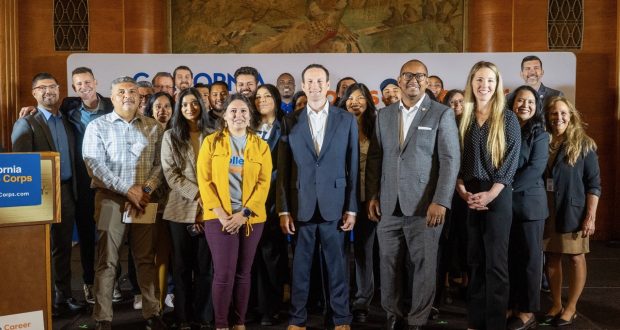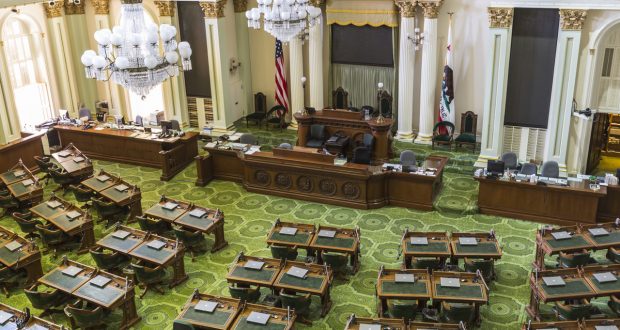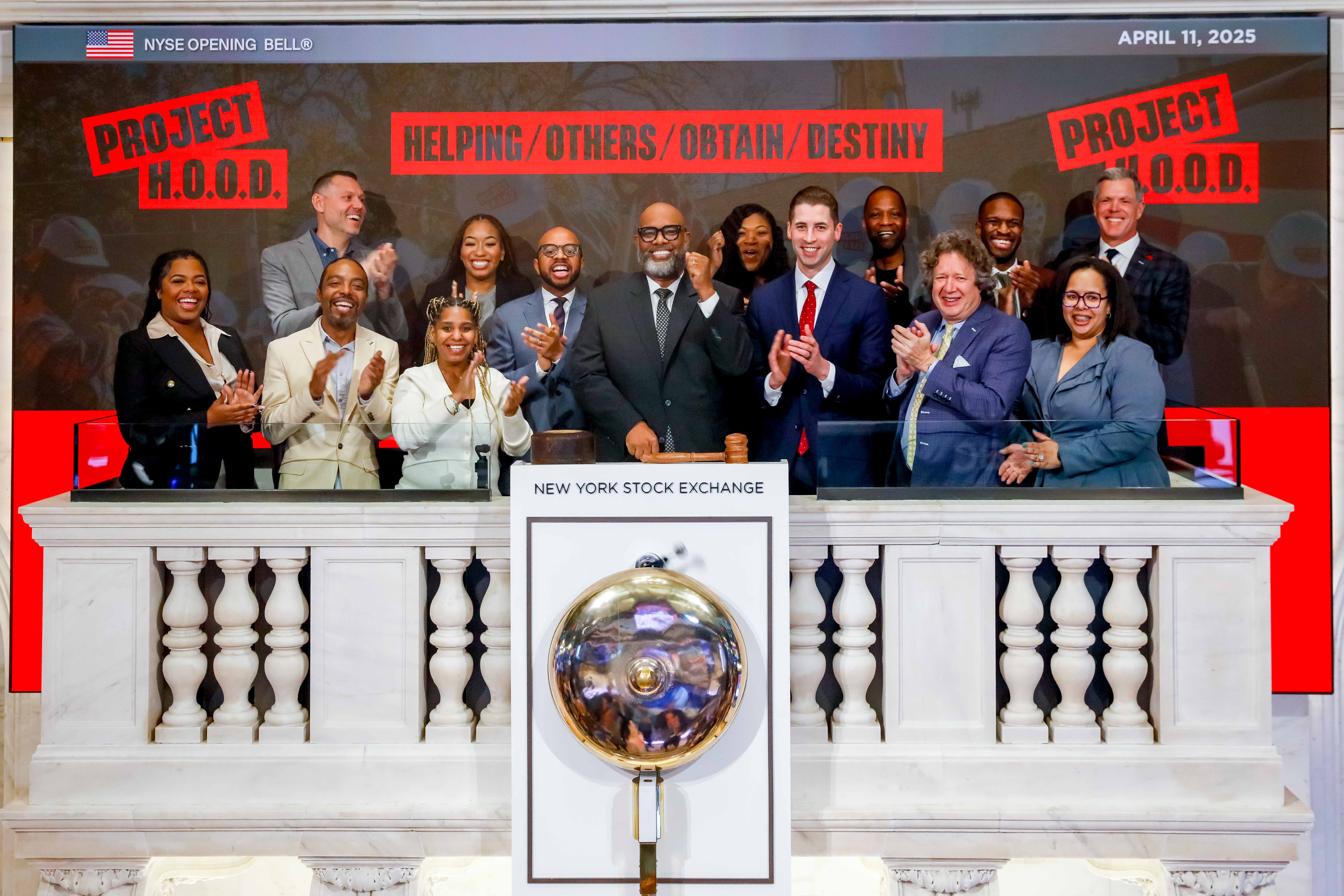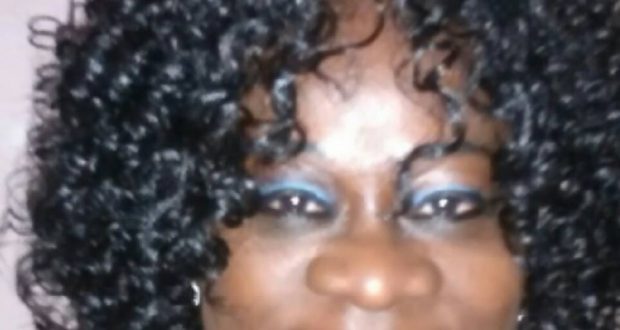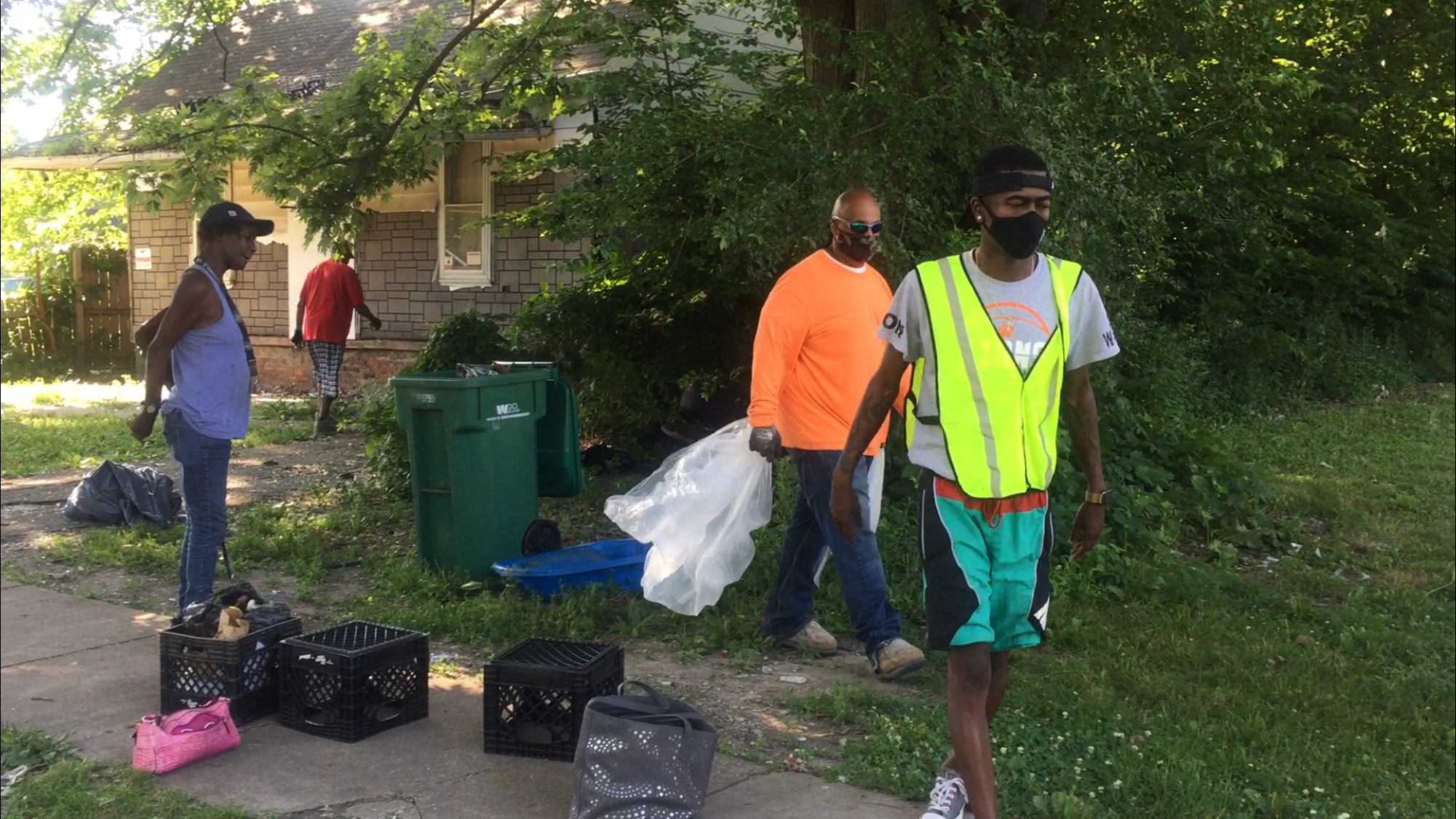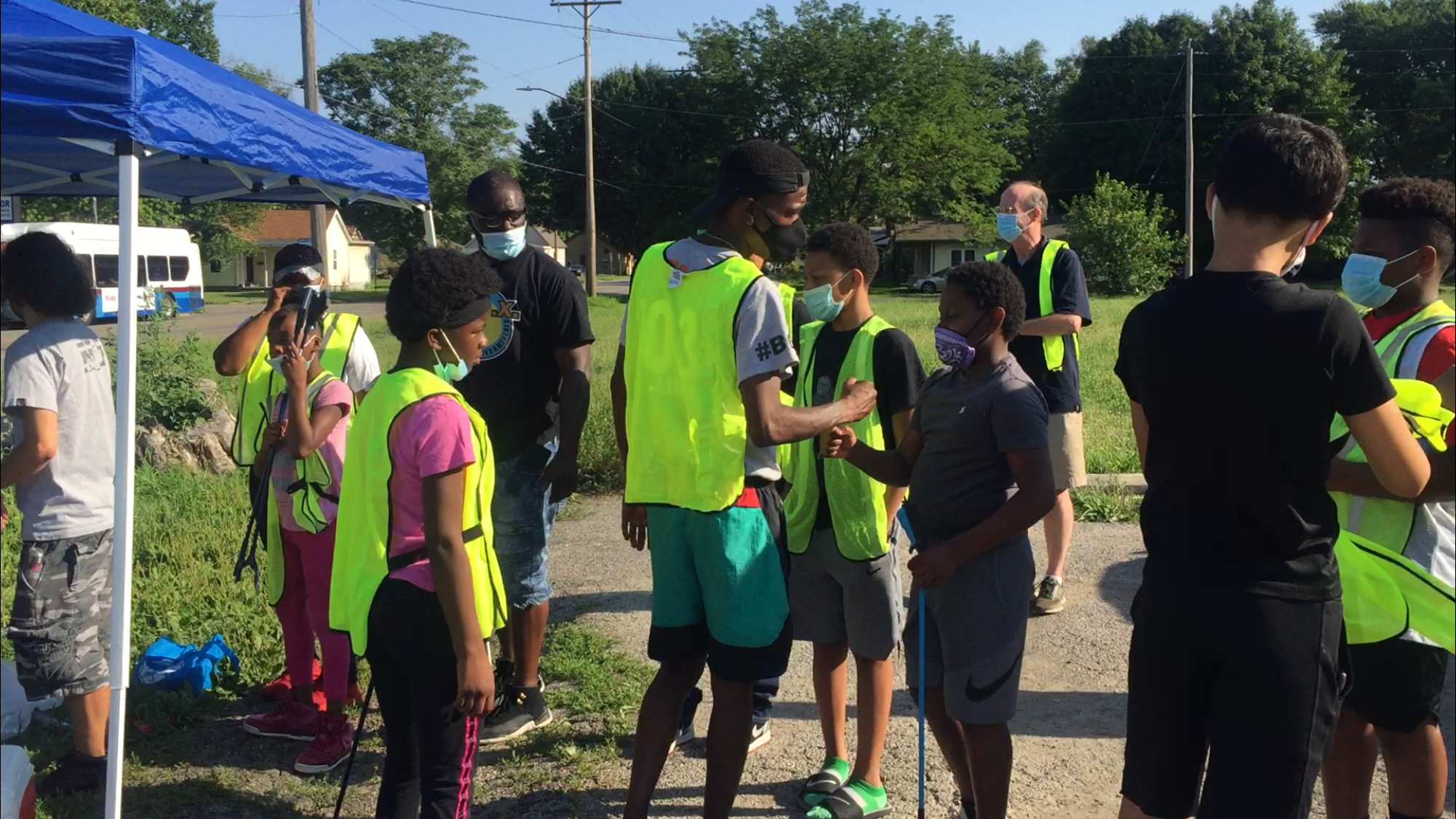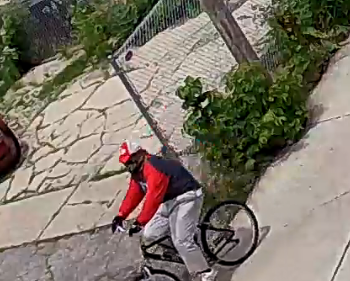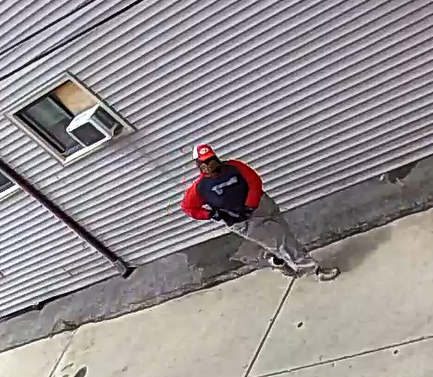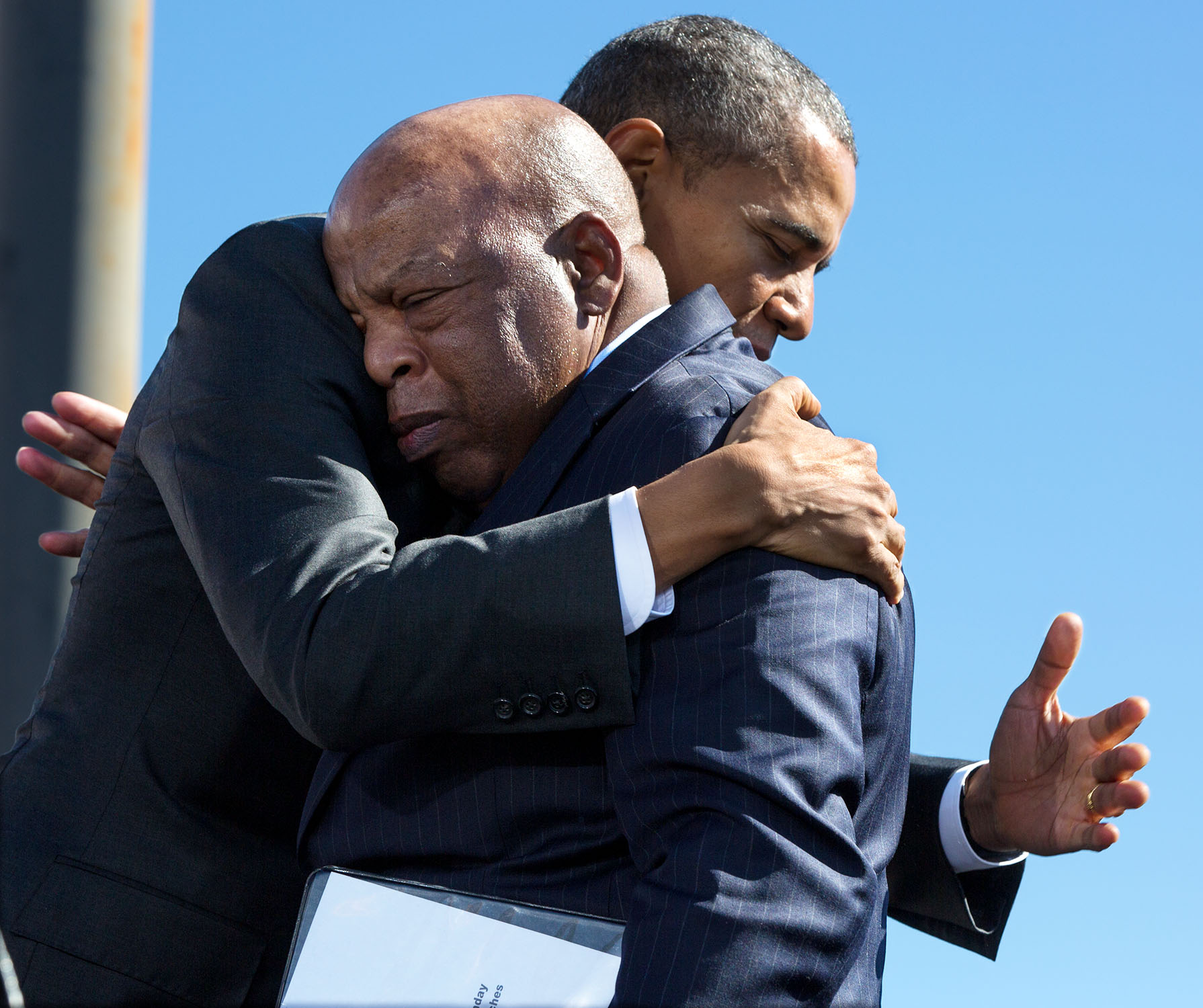By Lou Yeboah
“Talk to me, so you can see, Oh, what’s going on? Yeah, what’s going on? Tell me, what’s going on?” [Marvin Gaye – What’s Goin On]. For your hands are defiled with blood, and your fingers with iniquity: your lips have spoken lies, and your tongue hath murmured iniquity. No man calleth for justice: no man contendeth for truth: they trust in vanity, and speak vain things: they conceive mischief, and bring forth iniquity…Their feet turn to evil, and they make haste to shed innocent blood: their thoughts are wicked thoughts: desolation and destruction is in their paths. The way of peace they know not, and there is none equity in their goings…” [Isaiah 59:3-5; 7-8]. “Picket lines and picket signs, don’t punish me with brutality, talk to me, so you can see, Oh, what’s going on? Tell me what’s going on?”
“Enough of this,” declares the Lord. Put away violence and destruction and do justice and righteousness; revoke your acts of dispossession from upon my people!” [Ezekiel 45:9]. No uniform should get in the way of common sense and common humanity. You do not have the right to take the life of another person; there is no law that is above this, no matter the land or the people.
I tell you, it’s interesting that history repeats itself. As you read through the prophecy of Habakkuk you will discover that the exact problem that you and I wrestle with today, Habakkuk wrestled with as well. The prophet lived in a time very similar to our day. A time when everything was going wrong. He lived when there was great national corruption and distress, when the nation and land was filled with violence, hatred, injustice, unrest, and oppression. He lived in a land where there were outbreaks of all kinds of evil. Perplexed in his heart, as we are, in bewilderment he cries out, “Lord, how long do I have to keep this up, crying out to you like this? How long must I CONTINUE?” Finally, God answers Habakkuk. “Look among the nations, and see; wonder and be astounded. For I am doing a work in your days that you would not believe if told.” [Habakkuk 1:5-6] “I am behind this. These people are a very strange people. They are bitter, hostile, ruthless and cold-blooded. They are going to be as powerful as any nation on earth has ever been and they will sweep through lands conquering everything, and it will LOOK as though nothing can stop them. These people will not have any god at the center of their life. They believe that their own might is their god, and they trust in their own strength.
Astound, Habakkuk did not know what to make of this. This is what bothers many people as they look at what is happening in the world. Why does God allow things to happen the way they do? Why does he permit such terrible events to occur in human history? “How can a just and loving God allow men to suffer? Why would God create us and then allow terrible things to happen?” After pondering, Habakkuk went back to what he knew of God through revelation and experience. Then immediately he added these words, “We shall not die.” God promised Abraham that he would rise up a nation that would forever be His people and that He would never allow them to be eliminated from the earth. The prophet reminded himself of that, in the face of this fearsome threat. They would not be eliminated. God’s faithfulness remains. He is unchangeable.
In concluding, God said to the prophet, “Now Habakkuk, don’t you worry about the Chaldeans; I will judge the Chaldeans. The very thing in which they trust will prove to be their downfall. Their very gods will overthrow them.” Then He pronounces woes on these people…. Woe to him who builds a town with blood, and finds a city on iniquity [Habakkuk 2:12]… Woe to those who trust in violence to achieve what they want. [verse 15]… Woe to the man who creates fear in those around him in order to rule over them, and to gain from them [verse 19]. Woe to you, O destroyer, you who have not been destroyed! Woe to you, O traitor, you who have not been betrayed! When you stop destroying, you will be destroyed; when you stop betraying, you will be betrayed. [Isaiah 33:1]. Woe to those who make unjust laws, to those who issue oppressive decrees, to deprive the poor of their rights and withhold justice from the oppressed of my people, making widows their prey and robbing the fatherless. What will you do on the day of reckoning, when disaster comes from afar? To whom will you run for help? Where will you leave your riches? Nothing will remain but to cringe among the captives or fall among the slain.[Isaiah 10:1-4]. Woe! Woe! Woe to the inhabitants of the earth, because of the trumpet blasts about to be sounded by the other three angels!” [Revelation 8:13].
““Be not deceived; God is not mocked: for whatsoever a man soweth, that shall he also reap.” [Galatians 6:7-9]
 Westside Story Newspaper – Online The News of The Empire – Sharing the Quest for Excellence
Westside Story Newspaper – Online The News of The Empire – Sharing the Quest for Excellence

